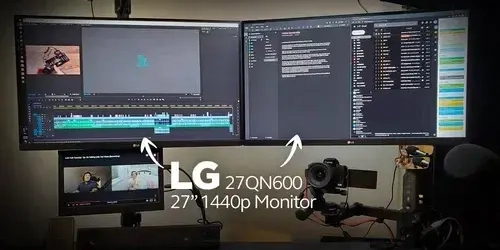Navigating the Future of Decentralized Decision-Making: Arbitrum and On-Chain Governance
Abstract This post explores how Arbitrum, a leading layer-2 scaling solution for Ethereum, is revolutionizing on-chain governance through innovative tools like the ARB token and mechanisms such as quadratic voting. We provide background on blockchain scaling and decentralization, discuss core governance features, and detail real-world use cases, challenges, and future innovations. With technical yet accessible language, this article equips developers, crypto enthusiasts, and decision-makers with insights to navigate the evolving decentralized ecosystem. Introduction In the rapidly changing blockchain landscape, decentralization is more than a buzzword—it is the pulse of robust, secure, and community-led networks. Arbitrum, renowned for its layer-2 scaling solutions, leverages Optimistic Rollup technology to alleviate network congestion on Ethereum. This blog post examines how Arbitrum’s innovative on-chain governance model using the ARB token is shaping decision-making in decentralized networks. By automating consensus and enabling stakeholders to propose and vote on protocol upgrades, Arbitrum embodies the synergy between scalability and democratic control. Learn more about Arbitrum’s capabilities on the Offchain Labs website and explore Ethereum’s Optimistic Rollup documentation. Background and Context Blockchain networks, particularly Ethereum, have grappled with scalability challenges such as slow transaction throughput and high gas fees. As decentralized finance (DeFi) and non-fungible tokens (NFTs) boom, solutions like Arbitrum emerge to tackle these problems with minimal modifications to smart contracts. What is Arbitrum? Arbitrum is a robust layer-2 solution that employs Optimistic Rollup technology. By bundling numerous transactions off the main Ethereum chain, it significantly reduces congestion and improves transaction speeds without sacrificing security. Moreover, the platform’s commitment to open-source principles—evidenced by its approach to open-source licensing—has fostered an ecosystem rich in innovation and community engagement. Understanding On-Chain Governance On-chain governance shifts traditional decision-making from a central authority to a network of stakeholders. Instead of external groups making changes, decisions are automated via smart contracts, fostering transparency and accountability. Governance tokens, such as the ARB token in the Arbitrum ecosystem, empower community members to propose changes, discuss ideas, and vote on protocol upgrades. For an in-depth look at how on-chain governance operates, see the Ethereum blog on on-chain governance. Core Concepts and Features Arbitrum’s governance model is built upon several interlocking features that promote decentralization, adaptability, and innovation. Governance Token (ARB) The ARB token is central to the ecosystem’s decision-making. Token holders can: Propose changes to the network. Participate in voting via mechanisms such as quadratic voting, which ensures a more equitable weighting of votes. Engage in discussions fostering community-based experimentation and accountability. Voting Mechanisms Arbitrum leverages innovative voting techniques designed to counteract centralization risks. Techniques like quadratic voting help balance influence across diverse stakeholder groups, ensuring that no single entity disproportionately sways decisions. Proposal System An open and accessible proposal system ensures that every stakeholder has the opportunity to shape Arbitrum’s future. This system documents all decisions transparently on the blockchain, creating an auditable history that discourages malicious behavior. Additional Governance Dimensions Beyond token-based voting, Arbitrum’s hybrid approach considers practical incentives for developers and community members. Related topics include: Arbitrum and community governance Arbitrum and consensus mechanisms Below is a table summarizing the key governance components: Component Description Key Benefit ARB Token Digital asset enabling voting and proposals. Empowers stakeholders equally. Voting Mechanism Uses tools such as quadratic voting for fair weight distribution. Ensures voting equity. Proposal System Open system allowing anyone to suggest protocol upgrades and changes. Drives innovation and inclusivity Transparency A record of all decisions stored on-chain. Enhances accountability. Applications and Use Cases Arbitrum’s on-chain governance model has profound implications for various areas within the blockchain ecosystem. Here are some practical examples: 1. Upgrading Network Protocols The decentralized decision-making process allows for rapid implementation of upgrades. For instance, if a vulnerability is detected or a significant efficiency improvement is proposed, stakeholders can vote to approve immediate changes.
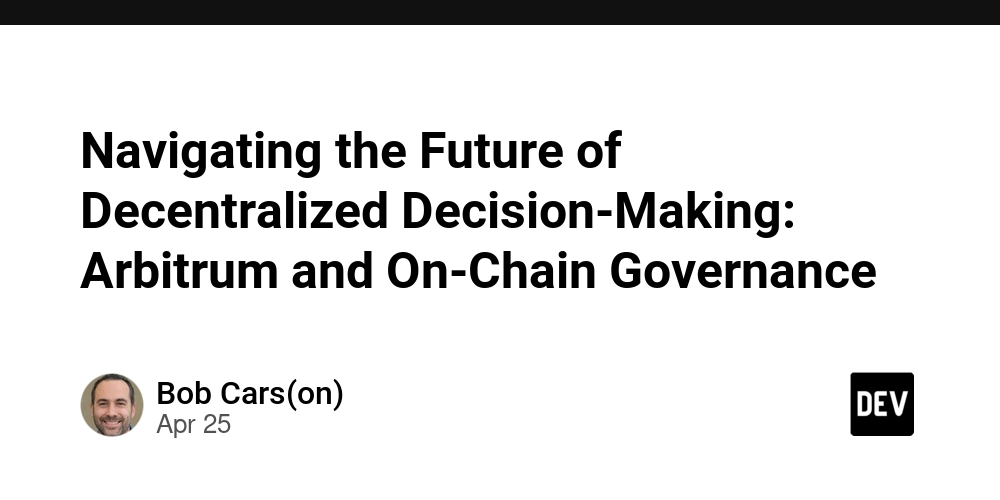
Abstract
This post explores how Arbitrum, a leading layer-2 scaling solution for Ethereum, is revolutionizing on-chain governance through innovative tools like the ARB token and mechanisms such as quadratic voting. We provide background on blockchain scaling and decentralization, discuss core governance features, and detail real-world use cases, challenges, and future innovations. With technical yet accessible language, this article equips developers, crypto enthusiasts, and decision-makers with insights to navigate the evolving decentralized ecosystem.
Introduction
In the rapidly changing blockchain landscape, decentralization is more than a buzzword—it is the pulse of robust, secure, and community-led networks. Arbitrum, renowned for its layer-2 scaling solutions, leverages Optimistic Rollup technology to alleviate network congestion on Ethereum. This blog post examines how Arbitrum’s innovative on-chain governance model using the ARB token is shaping decision-making in decentralized networks. By automating consensus and enabling stakeholders to propose and vote on protocol upgrades, Arbitrum embodies the synergy between scalability and democratic control.
Learn more about Arbitrum’s capabilities on the Offchain Labs website and explore Ethereum’s Optimistic Rollup documentation.
Background and Context
Blockchain networks, particularly Ethereum, have grappled with scalability challenges such as slow transaction throughput and high gas fees. As decentralized finance (DeFi) and non-fungible tokens (NFTs) boom, solutions like Arbitrum emerge to tackle these problems with minimal modifications to smart contracts.
What is Arbitrum?
Arbitrum is a robust layer-2 solution that employs Optimistic Rollup technology. By bundling numerous transactions off the main Ethereum chain, it significantly reduces congestion and improves transaction speeds without sacrificing security. Moreover, the platform’s commitment to open-source principles—evidenced by its approach to open-source licensing—has fostered an ecosystem rich in innovation and community engagement.
Understanding On-Chain Governance
On-chain governance shifts traditional decision-making from a central authority to a network of stakeholders. Instead of external groups making changes, decisions are automated via smart contracts, fostering transparency and accountability. Governance tokens, such as the ARB token in the Arbitrum ecosystem, empower community members to propose changes, discuss ideas, and vote on protocol upgrades. For an in-depth look at how on-chain governance operates, see the Ethereum blog on on-chain governance.
Core Concepts and Features
Arbitrum’s governance model is built upon several interlocking features that promote decentralization, adaptability, and innovation.
Governance Token (ARB)
The ARB token is central to the ecosystem’s decision-making. Token holders can:
- Propose changes to the network.
- Participate in voting via mechanisms such as quadratic voting, which ensures a more equitable weighting of votes.
- Engage in discussions fostering community-based experimentation and accountability.
Voting Mechanisms
Arbitrum leverages innovative voting techniques designed to counteract centralization risks. Techniques like quadratic voting help balance influence across diverse stakeholder groups, ensuring that no single entity disproportionately sways decisions.
Proposal System
An open and accessible proposal system ensures that every stakeholder has the opportunity to shape Arbitrum’s future. This system documents all decisions transparently on the blockchain, creating an auditable history that discourages malicious behavior.
Additional Governance Dimensions
Beyond token-based voting, Arbitrum’s hybrid approach considers practical incentives for developers and community members. Related topics include:
Below is a table summarizing the key governance components:
| Component | Description | Key Benefit |
|---|---|---|
| ARB Token | Digital asset enabling voting and proposals. | Empowers stakeholders equally. |
| Voting Mechanism | Uses tools such as quadratic voting for fair weight distribution. | Ensures voting equity. |
| Proposal System | Open system allowing anyone to suggest protocol upgrades and changes. | Drives innovation and inclusivity |
| Transparency | A record of all decisions stored on-chain. | Enhances accountability. |
Applications and Use Cases
Arbitrum’s on-chain governance model has profound implications for various areas within the blockchain ecosystem. Here are some practical examples:
1. Upgrading Network Protocols
The decentralized decision-making process allows for rapid implementation of upgrades. For instance, if a vulnerability is detected or a significant efficiency improvement is proposed, stakeholders can vote to approve immediate changes. This dynamic contrasts with traditional systems where updates might take months to consolidate consensus.
2. Community-Driven Experimentation
By lowering barriers to entry, Arbitrum’s governance enables developers to experiment with new features on a live network. For example, a developer might propose experimental smart contract functionality that, if successful, could be integrated permanently. This iterative and collaborative process paves the way for continuous improvement in the blockchain’s performance.
3. Enhancing DeFi and NFT Ecosystems
The transparent governance model has directly influenced the scaling and operational efficiency of DeFi platforms and NFT marketplaces on Arbitrum. Projects can rapidly adapt to fluctuating market conditions, while user communities can participate in shaping platform policies. This ensures that ecosystem upgrades are both technically sound and reflective of user demand.
-
Bullet List: Key Use Cases
- Network protocol upgrades that improve efficiency and security
- Community-driven innovation in decentralized applications (dApps)
- Enhanced adaptability in DeFi platforms and NFT marketplaces
Challenges and Limitations
Despite its innovative framework, Arbitrum’s on-chain governance is not without challenges. Understanding these limitations is essential for stakeholders aiming to contribute effectively.
Voter Participation and Fatigue
Decentralized governance often faces low voter turnout. Voter fatigue can arise due to the frequency of proposals or the complexity of issues on the table. Analysis by Cointelegraph highlights that incentivizing participation remains a critical challenge.
Consensus Among Diverse Stakeholders
Arbitrum’s community comprises a wide variety of participants—from developers to institutional investors. Reaching consensus in such a diverse group can be time-consuming. The need to balance conflicting interests sometimes slows down decision-making.
Technical and Operational Risks
No system is without risk. As the network scales, potential vulnerabilities in smart contract code or unforeseen issues in governance mechanisms may arise. Continuous audits and community reviews are essential to mitigate security risks.
Regulatory and Compliance Concerns
Decentralized governance models are still evolving in the eyes of regulators. As Arbitrum and similar projects gain prominence, navigating regulatory standards will be vital. Failure to address these concerns could hinder widespread adoption.
Future Outlook and Innovations
The future of on-chain governance on platforms like Arbitrum looks promising. Several emerging trends indicate that the overall model will continue to evolve and set benchmarks for other decentralized networks:
Hybrid Governance Models
Hybrid models that combine on-chain governance with off-chain deliberation might provide a better balance between rapid decision-making and in-depth human oversight. Articles on hybrid governance models shed light on potential improvements.
Enhanced Security and Audit Mechanisms
As the blockchain ecosystem evolves, so do the techniques for improving security. Future innovations may include more sophisticated audit systems powered by on-chain data analytics and AI assistance. New tools for verifying smart contract integrity and automated compliance checks will become integral.
Increased Interoperability and Multi-Chain Support
With a growing number of blockchain projects, interoperability is key. Arbitrum is already making strides in this area with initiatives on blockchain interoperability ensuring that future networks can interact seamlessly. Multi-chain support not only broadens the network’s reach but also enriches the decision-making process by incorporating diverse insights.
Community Incentivization and Funding Models
Innovative funding models such as open-source grants and token-based incentives are likely to see further development. Funding platforms like Gitcoin are already exploring methods to sustain open-source projects and incentivize active engagement among contributors.
Developer and Institutional Collaborations
Enhanced collaboration between individual developers, institutional investors, and even traditional tech companies will help refine governance models. By embracing feedback from all quarters, Arbitrum can adapt to the challenges posed by scaling, security, and regulatory pressures. For insights on collaborative innovation in blockchain, check out this Dev.to post on decentralization and funding.
Real-World Comparisons and Industry Impact
The mechanisms pioneered by Arbitrum are influencing other critical areas of technology. Consider the following comparisons:
- Traditional Financial Systems vs. Decentralized Governance: Traditional financial systems rely on centralized decision-making, which can lead to legacy issues and slow adaptation. In contrast, Arbitrum’s model of on-chain governance is faster to react, more inclusive, and transparent.
- Open Source and Decentralized Licensing: Innovations in blockchain display parallels with open-source licensing models where developers benefit from community oversight and sustainable funding. For example, projects like License Token’s approach to open-source licensing highlight similar themes of collaboration and accountability.
Additional Perspectives from the Developer Community
Developer platforms such as Dev.to have begun to weigh in on the economic and technological impacts of decentralized governance. A few relevant posts include:
- Monetizing Open Source: Balancing Innovation with Revenue
- Exploring Funding Opportunities on Gitcoin: A Decentralized Approach
- Navigating Open Source Compliance in SAP Environments
These contributions reinforce the notion that effective governance not only supports protocol upgrades but also ensures the long-term sustainability of decentralized projects.
Best Practices for Effective On-Chain Governance
Implementing successful on-chain governance involves technical ingenuity coupled with active community engagement. Here are some best practices:
- Transparency: All proposals and votes should be stored on-chain, making it easy for any participant to audit the decision-making process.
- Inclusivity: Encourage diverse stakeholder participation to avoid centralization of power.
- Security Audits: Regular audits of smart contract code and governance mechanisms help maintain the integrity of the system.
- Feedback Loops: Establish iterative feedback channels where community members can discuss proposals before formal votes occur.
- Incentivization: Use funding models and token rewards to boost voter participation and developer contributions.
These principles go hand in hand with Arbitrum’s core vision of decentralized decision-making and can be adapted to other projects seeking a sustainable governance framework.
Future Trends in Decentralized Governance
Looking ahead, several trends can be anticipated in the evolution of blockchain governance:
- Convergence of On-Chain and Off-Chain Systems: As networks mature, we may see a hybrid model where off-chain deliberations complement on-chain voting, reducing decision fatigue while enhancing strategic discussions.
- Advanced Voting Algorithms: The emergence of more granular voting methods such as probabilistic or weighted voting could make governance outcomes even more representative.
- Regulatory Adaptations: Evolving global standards may eventually guide decentralized governance structures. Legal frameworks might adapt to support community-led decision-making while protecting investor interests.
- Interdisciplinary Collaborations: Collaboration between technologists, economists, and legal experts will drive innovations in governance, blending technical insights with robust policy guidelines.
Summary
Arbitrum’s approach to decentralized decision-making is a paradigm shift for both blockchain scalability and community governance. With its ARB token, robust voting mechanisms, and transparent proposal system, Arbitrum stands at the forefront of creating an ecosystem that is not only scalable but also inclusive and dynamic. The discussion above highlights:
- Abstract & Introduction: We have established the context and relevance of on-chain governance on Arbitrum.
- Background: Outlined the challenges of congestion and high fees, and explained how Arbitrum leverages Optimistic Rollups.
- Core Features: Detailed the ARB token, quadratic voting and proposal systems.
- Applications: Real-world examples show how governance drives network upgrades, innovation, and adaptability.
- Challenges: Voter fatigue, consensus issues, technical risks, and regulatory compliance represent major hurdles.
- Future Outlook: Innovations such as hybrid governance, advanced voting algorithms, and enhanced security promise to refine decentralized decision-making.
For those looking to dive deeper, consider exploring more about Arbitrum and on-chain governance as well as exploring related concepts and real-world applications in decentralized finance, NFTs, and open source innovation.
Final Thoughts
Decentralized decision-making is not merely a technical upgrade—it represents a paradigm shift toward a more inclusive, transparent, and adaptive future for blockchain networks. Arbitrum’s governance structure demonstrates how layered scalability solutions can simultaneously address transactional efficiency while empowering a diverse community of users and developers.
As the decentralized ecosystem evolves, staying informed and actively contributing to governance discussions will be critical. Whether you’re a developer, an investor, or an enthusiast, the lessons learned from Arbitrum’s model are applicable across the spectrum of blockchain initiatives and beyond.
Our journey today has offered insights into:
- How scaling solutions like Arbitrum pave the way for new governance methods.
- The intertwined relationship between technical innovation and community-driven decision-making.
- The dynamic challenges and promising future of decentralized governance.
By understanding these dynamics, stakeholders can better participate in shaping the networks they depend upon and ensure a harmonious path forward as new innovations emerge.
For further contextual exploration, check out additional resources such as the EVM compatibility overview on Arbitrum and related discussions on governance, network upgrades, and interoperability found on License Token’s extensive wiki pages.
Conclusion
The future of blockchain lies in the seamless integration of technology with community-driven governance. Arbitrum’s model is an inspiring example of how layer-2 solutions and on-chain governance can collaborate to create efficient networks that are inherently democratic, transparent, and scalable. As more decentralized projects adopt these principles, the impact on the broader blockchain and open-source communities will be profound.
By embracing innovative governance practices, continuously addressing challenges such as voter fatigue and consensus complexity, and fostering an environment ripe for collaboration, projects like Arbitrum set the stage for a resilient, adaptive future. The blending of technical ingenuity with equitable decision-making ensures that innovation is not just top-down but is enriched by the collective expertise of a global community.
In summary, Arbitrum’s journey illustrates the transformative power of on-chain governance—where technical prowess meets democratic ideals—and invites all stakeholders to participate in this groundbreaking evolution.
We encourage you to stay connected with ongoing discussions and explore further insights on platforms such as Dev.to, where developers share their experiences on decentralized governance and open-source funding models.
Happy exploring, and may your contributions help shape a truly decentralized future!
Keywords: Arbitrum, on-chain governance, layer-2 scaling, Optimistic Rollups, ARB token, decentralized networks, community governance, quadratic voting, Ethereum scalability, blockchain innovation.









































































![Apple Drops New Immersive Adventure Episode for Vision Pro: 'Hill Climb' [Video]](https://www.iclarified.com/images/news/97133/97133/97133-640.jpg)

![Most iPhones Sold in the U.S. Will Be Made in India by 2026 [Report]](https://www.iclarified.com/images/news/97130/97130/97130-640.jpg)









![This new Google TV streaming dongle looks just like a Chromecast [Gallery]](https://i0.wp.com/9to5google.com/wp-content/uploads/sites/4/2025/04/thomson-cast-150-google-tv-1.jpg?resize=1200%2C628&quality=82&strip=all&ssl=1)


![Hostinger Horizons lets you effortlessly turn ideas into web apps without coding [10% off]](https://i0.wp.com/9to5mac.com/wp-content/uploads/sites/6/2025/04/IMG_1551.png?resize=1200%2C628&quality=82&strip=all&ssl=1)






























































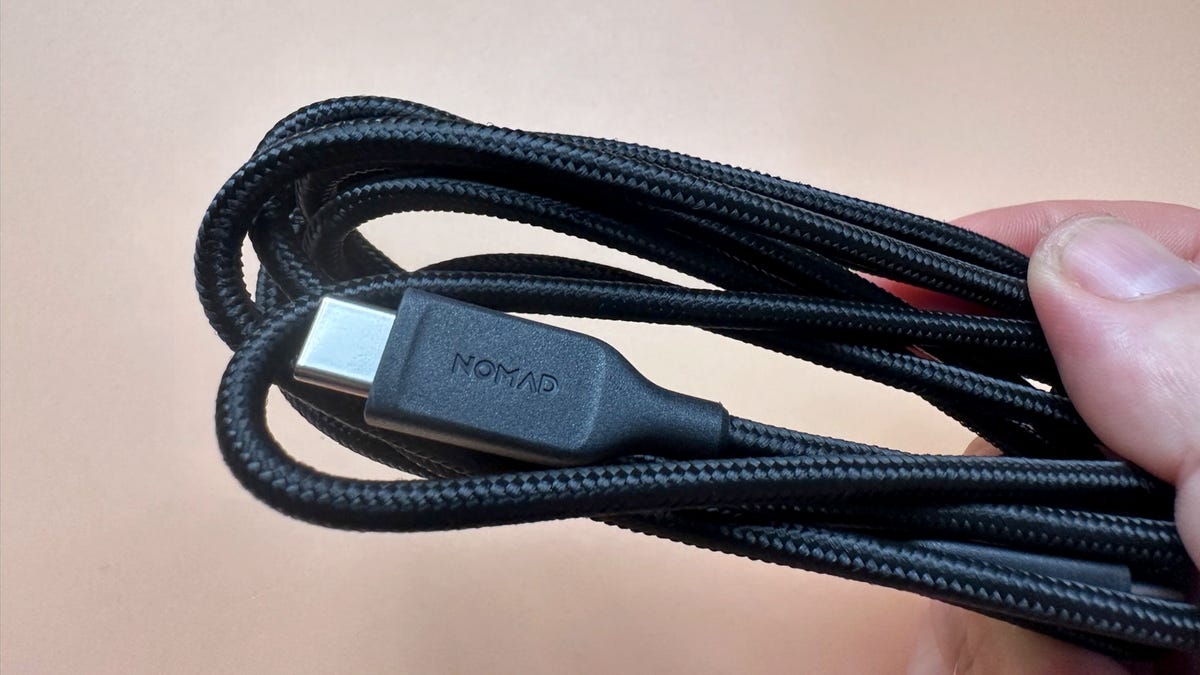



























_Olekcii_Mach_Alamy.jpg?width=1280&auto=webp&quality=80&disable=upscale#)
























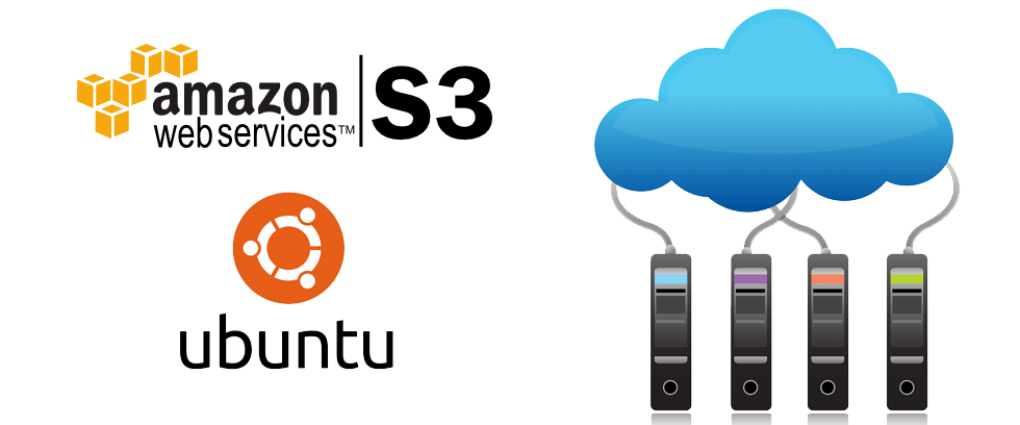
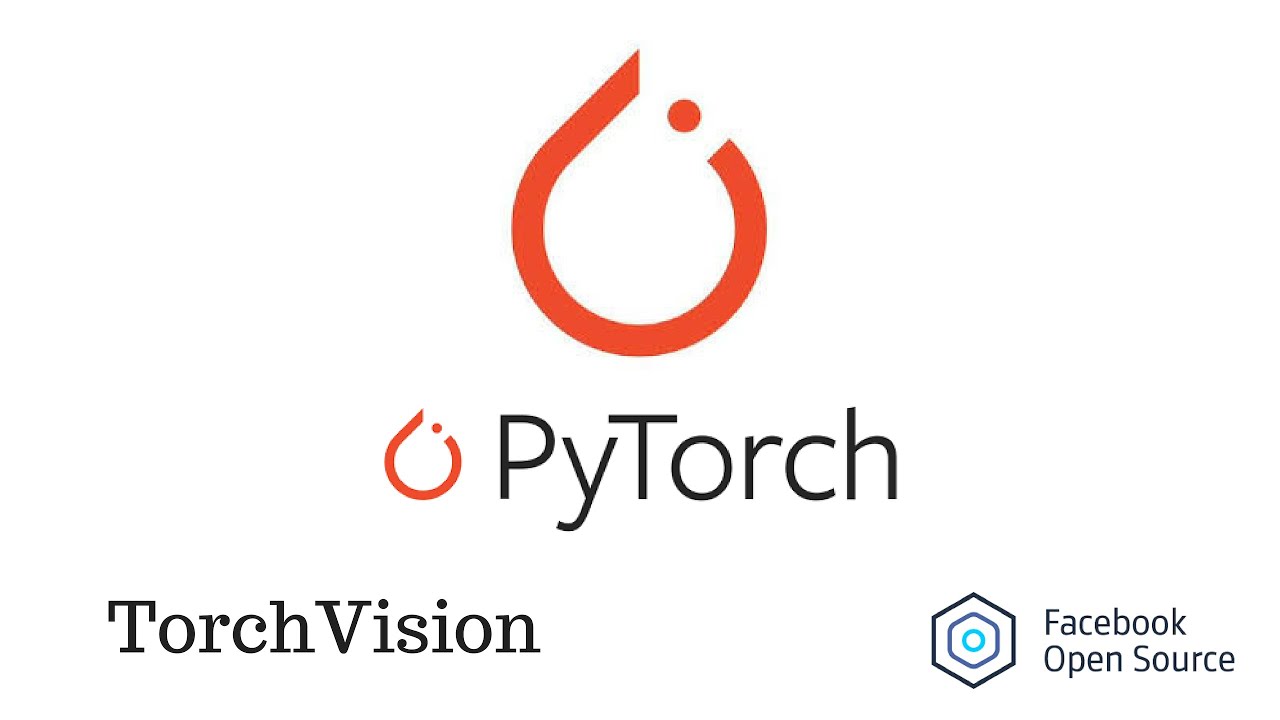





















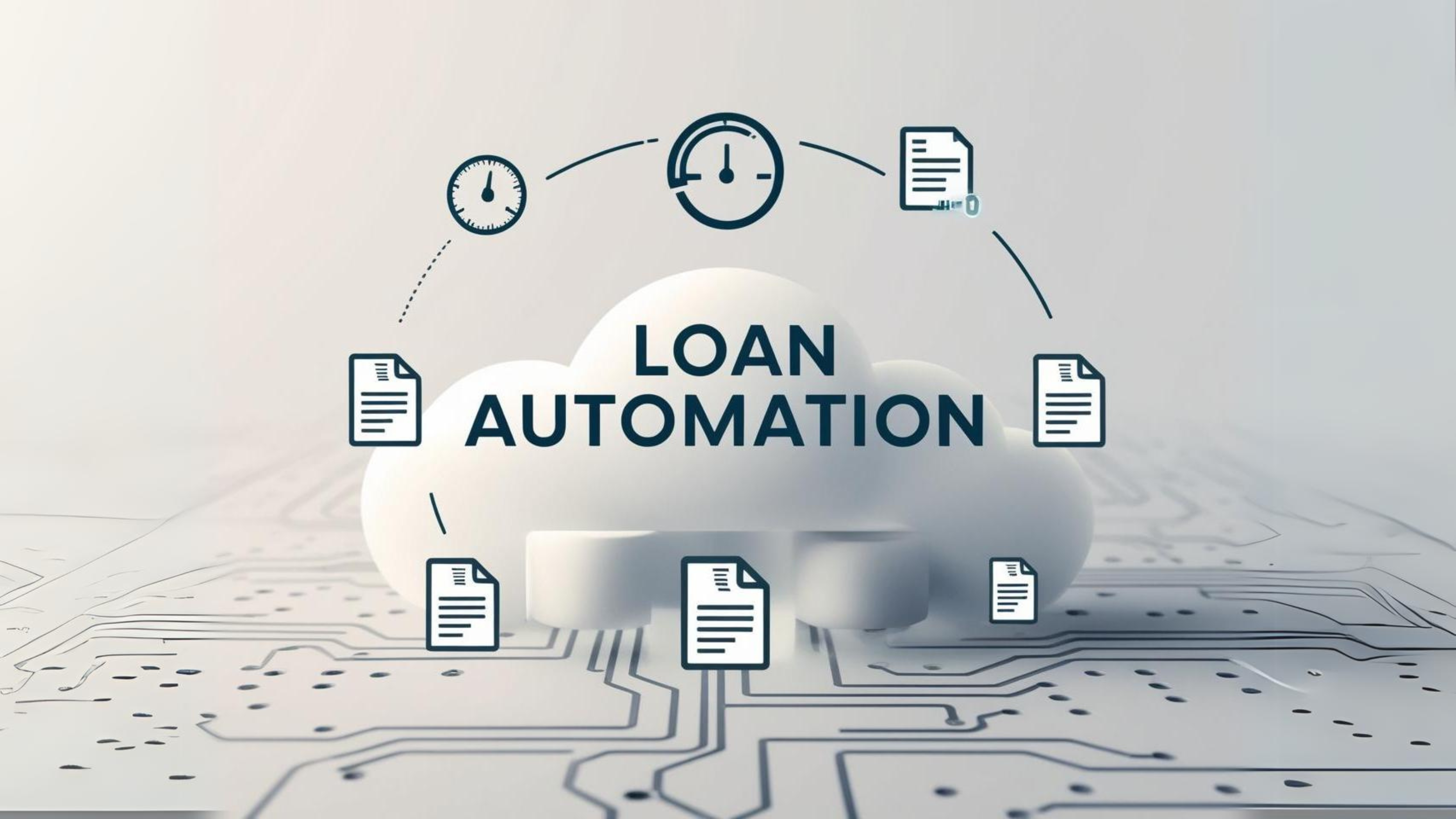
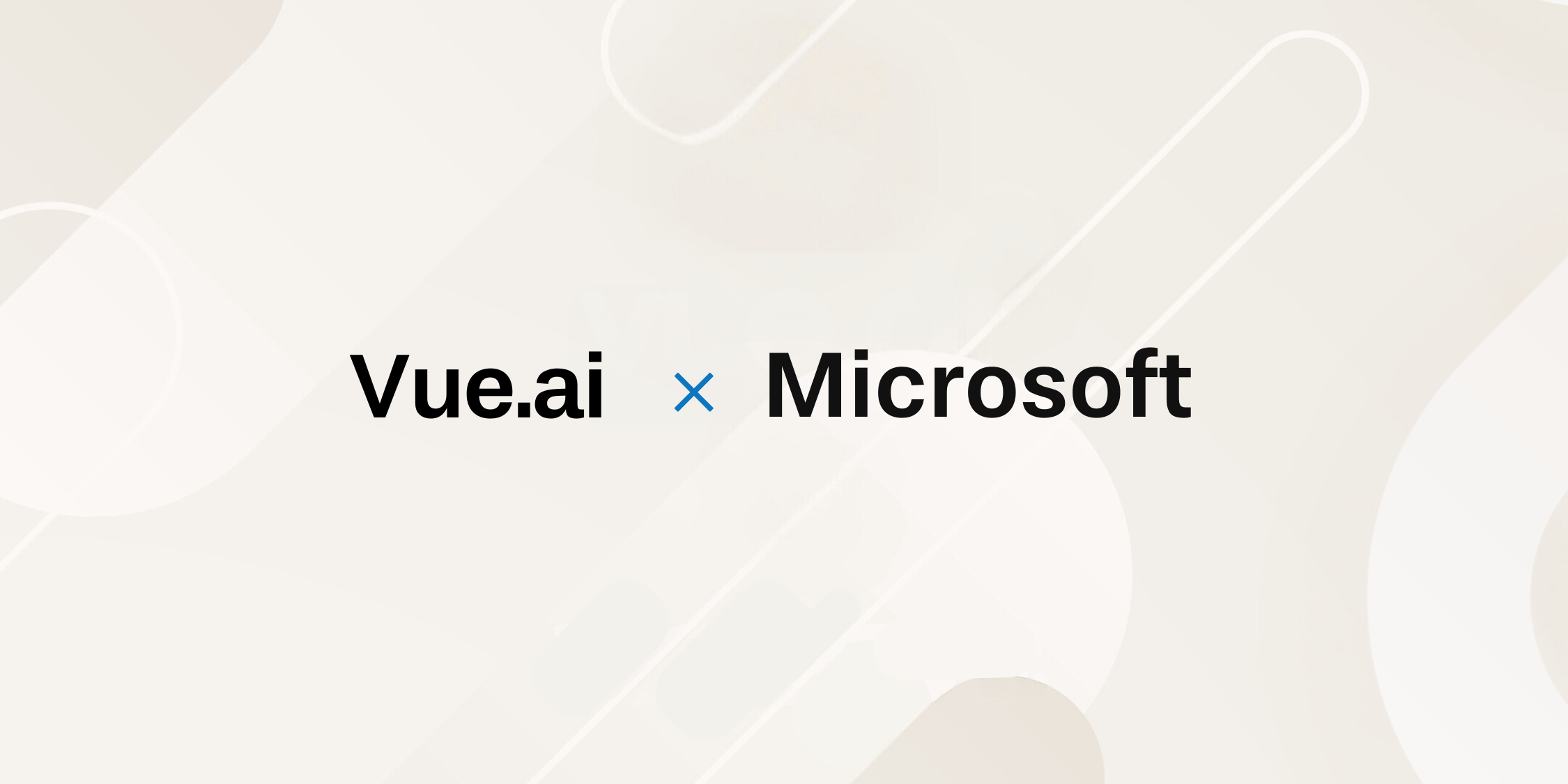




































































![[The AI Show Episode 144]: ChatGPT’s New Memory, Shopify CEO’s Leaked “AI First” Memo, Google Cloud Next Releases, o3 and o4-mini Coming Soon & Llama 4’s Rocky Launch](https://www.marketingaiinstitute.com/hubfs/ep%20144%20cover.png)











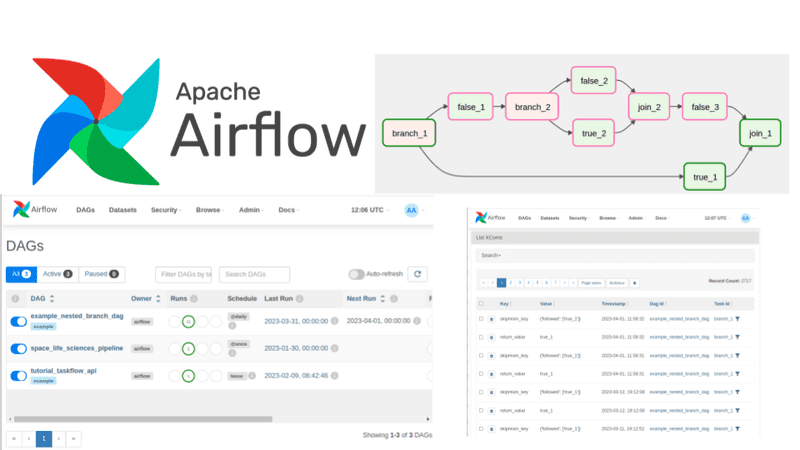



































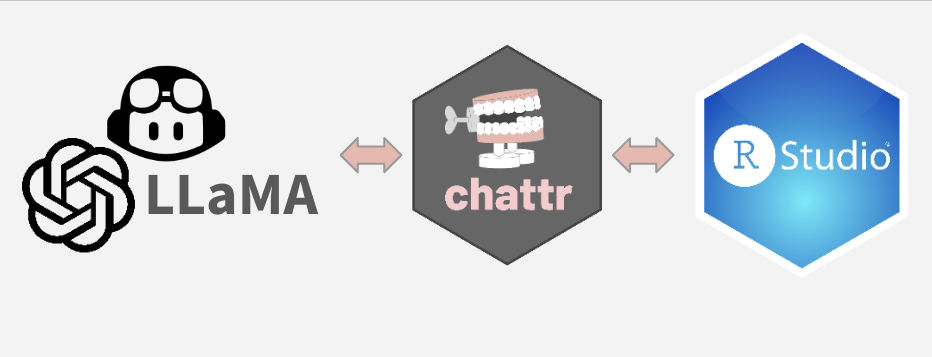















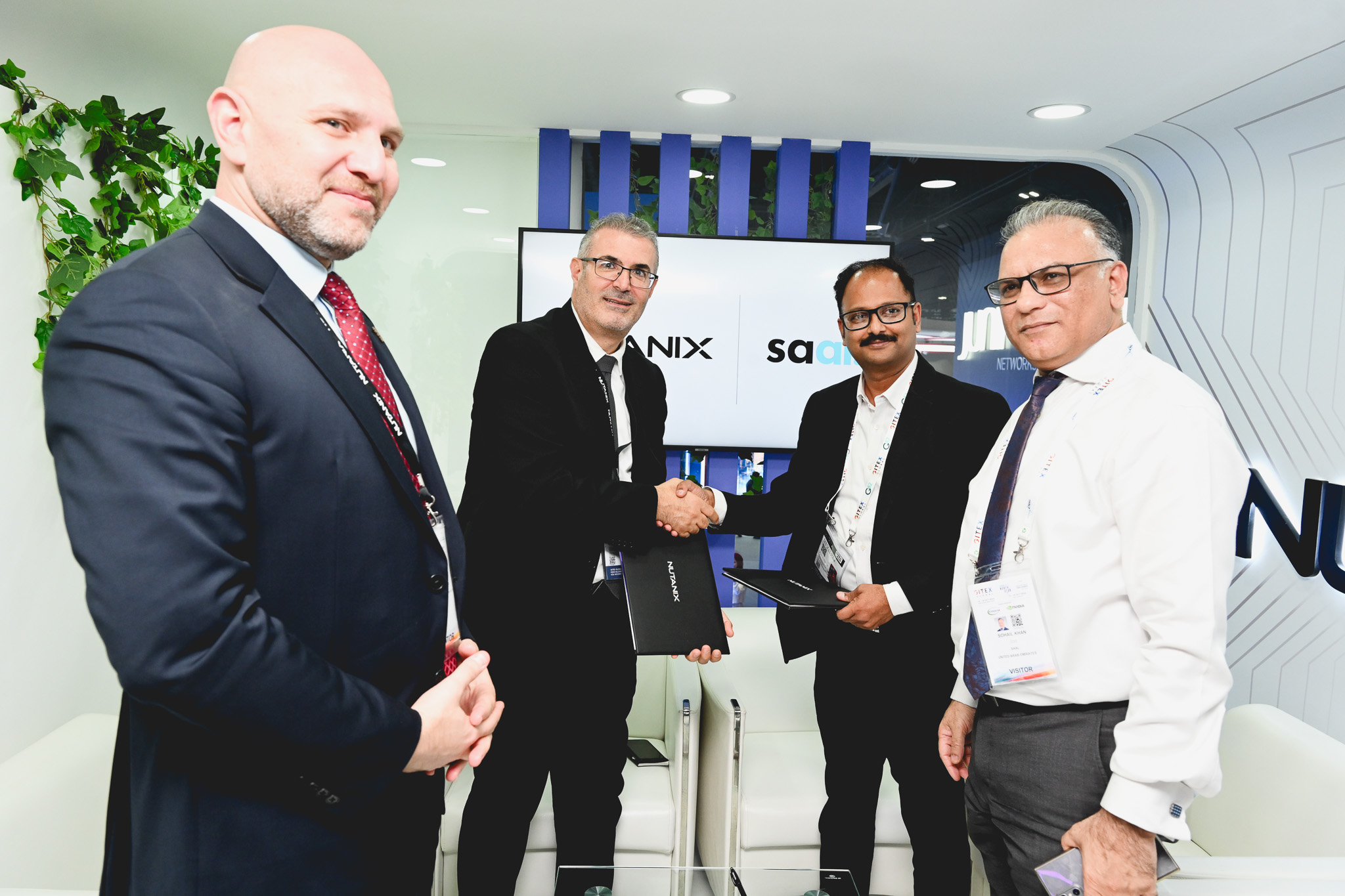





















































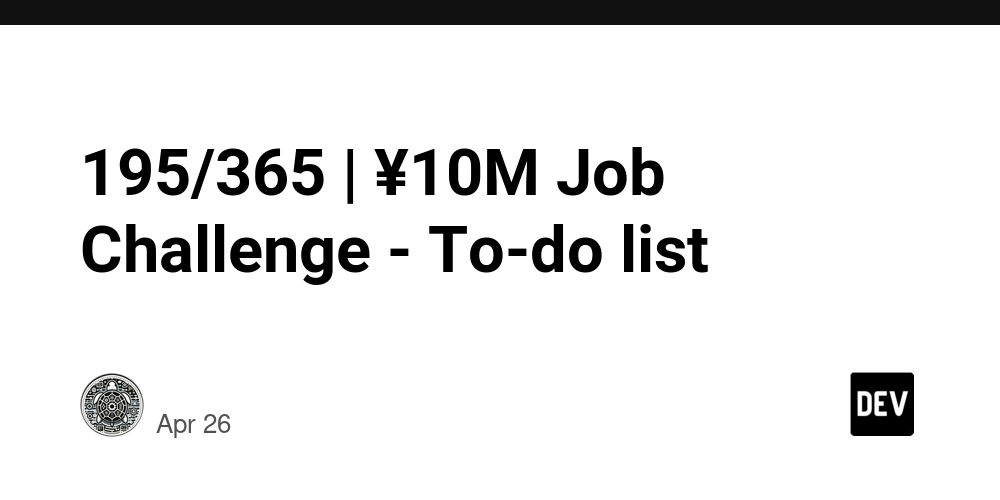
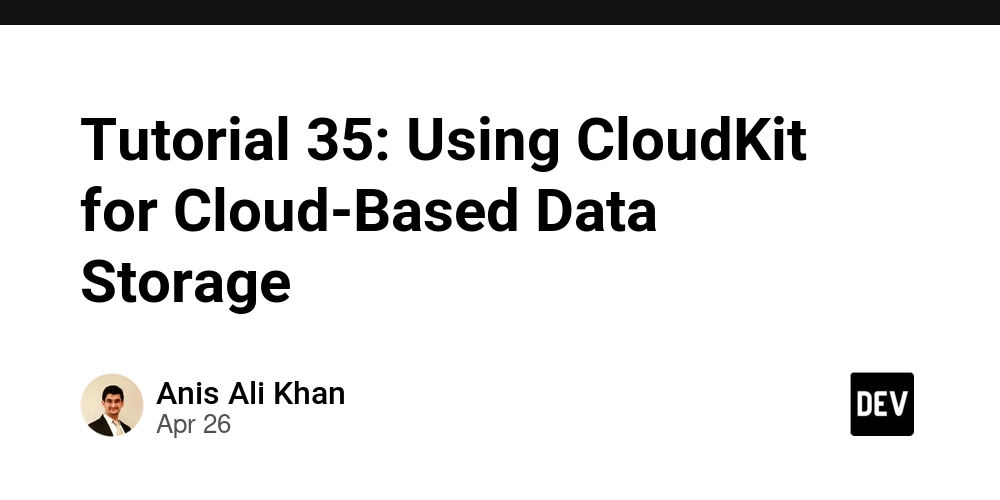














































![[FREE EBOOKS] AI and Business Rule Engines for Excel Power Users, Machine Learning Hero & Four More Best Selling Titles](https://www.javacodegeeks.com/wp-content/uploads/2012/12/jcg-logo.jpg)
























































































.jpg?width=1920&height=1920&fit=bounds&quality=70&format=jpg&auto=webp#)



